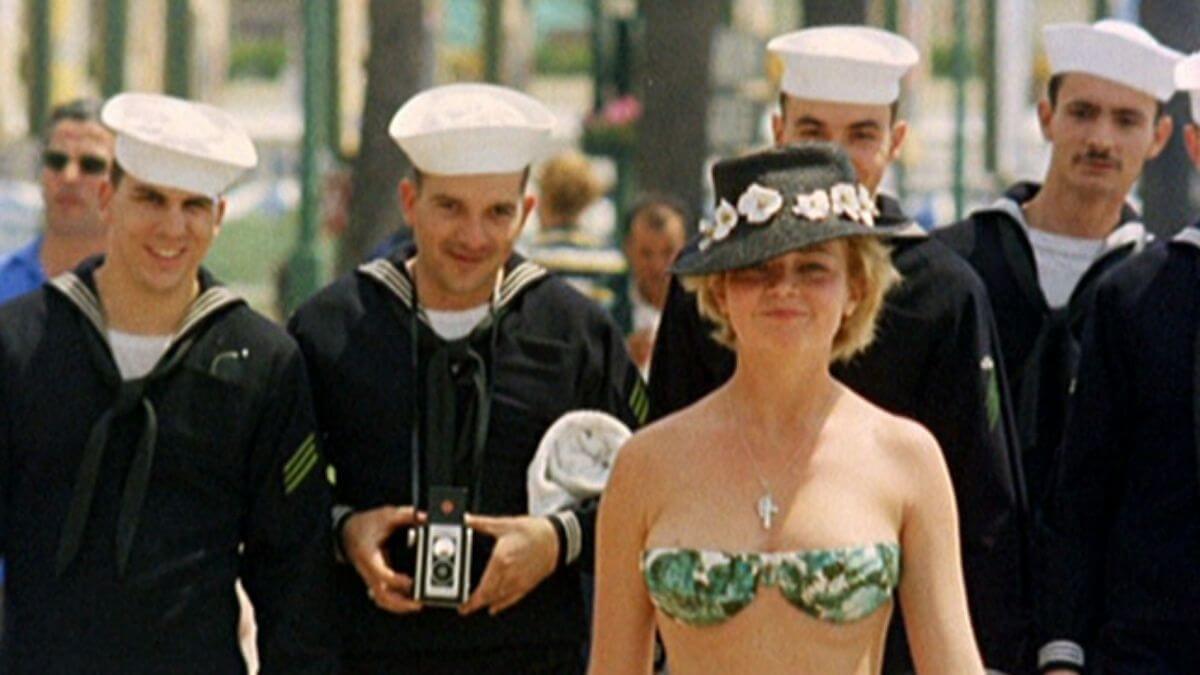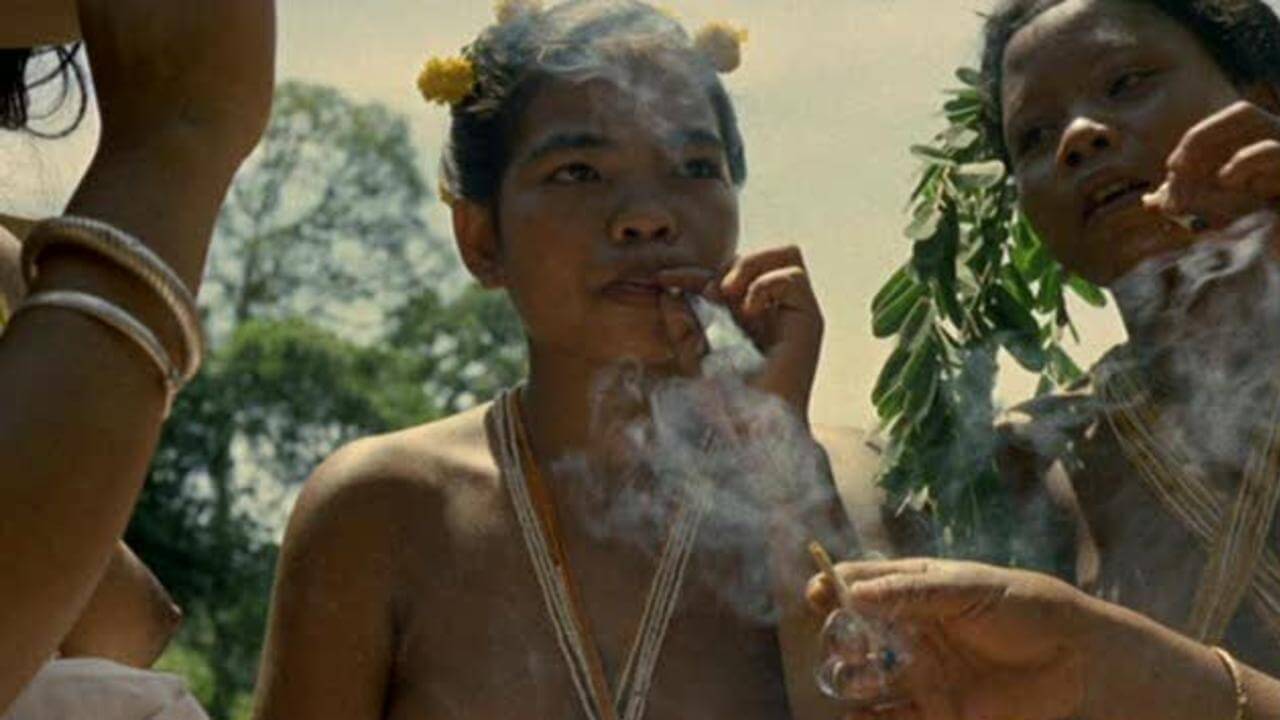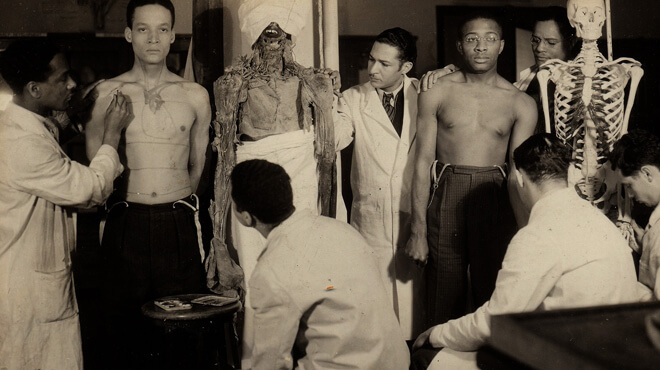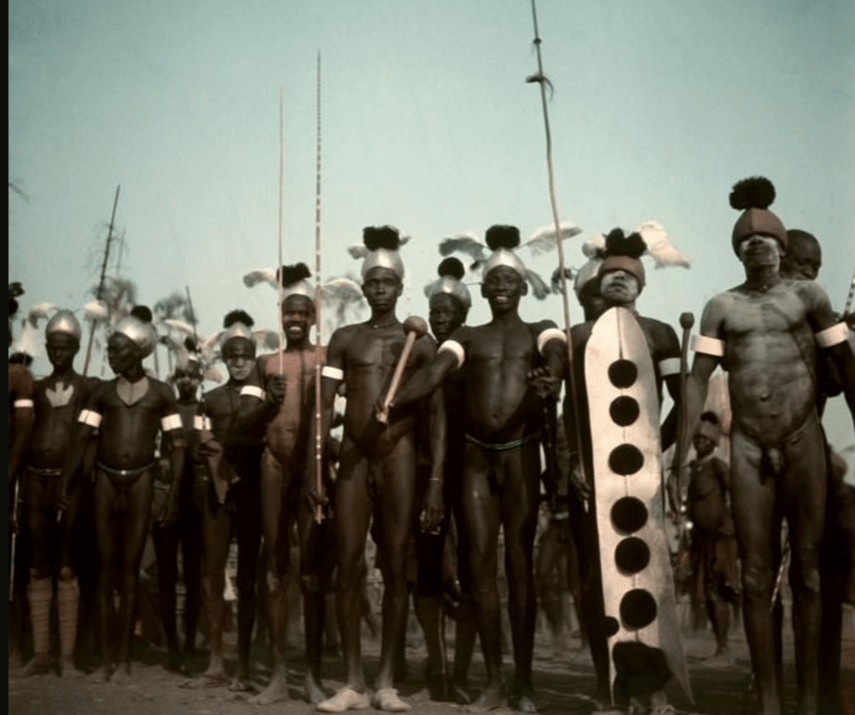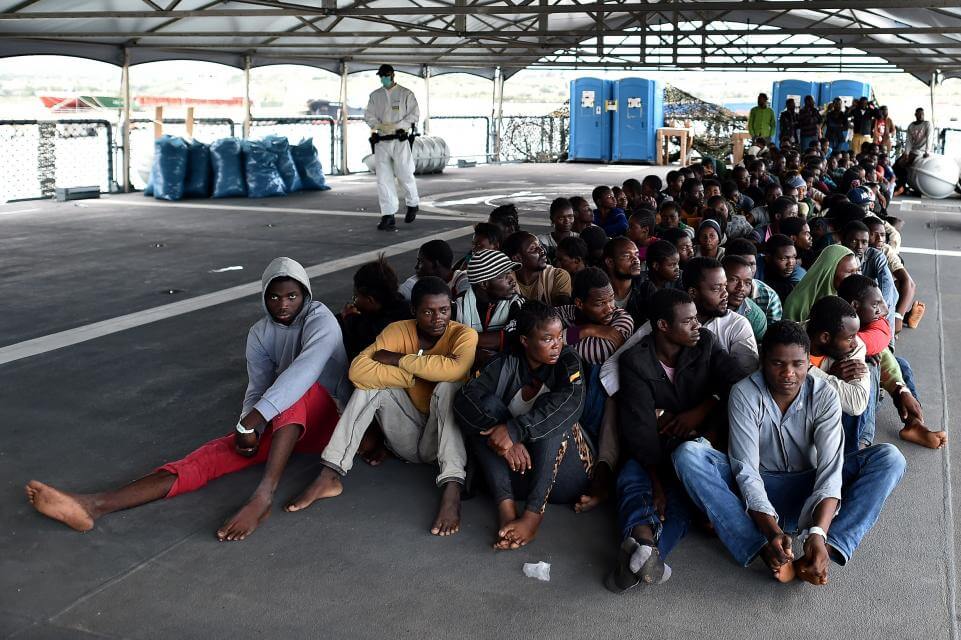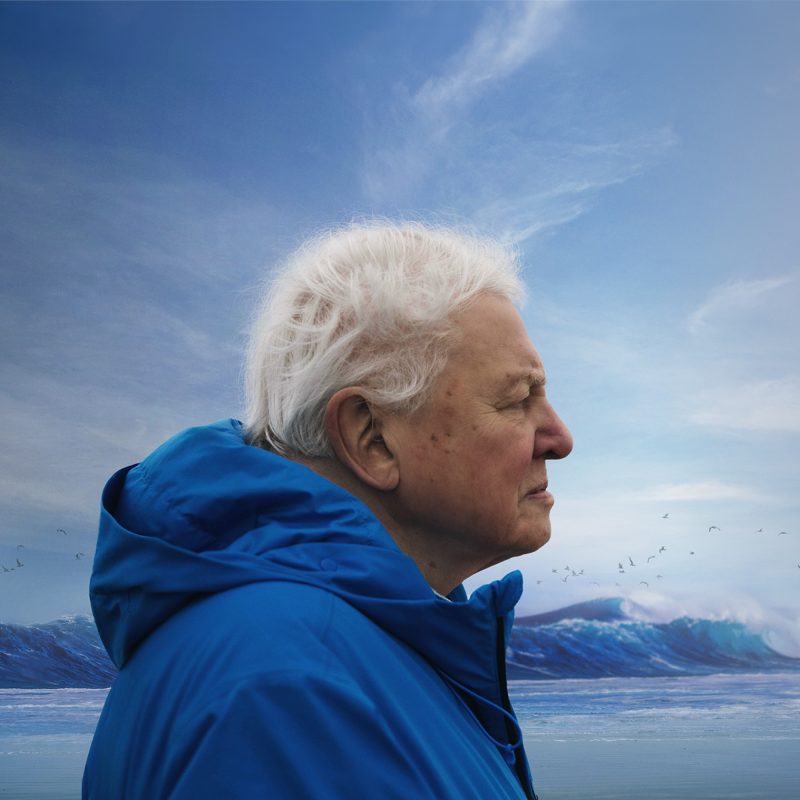description:
NOTE: Although it was claimed that some scenes were staged, Mr. Jacopetti admitted to only one re-enactment: a scene in “Mondo Cane 2” based on the self-immolation of a Vietnamese monk, seen everywhere in an Associated Press photo (NY Times).
Mondo cane (A Dog’s World, 1962) is a documentary written and directed by Italian filmmakers Paolo Cavara, Franco Prosperi andGualtiero Jacopetti. The film consists of a series of travelogue vignettes that provide glimpses into cultural practices around the world with the intention to shock or surprise Western film audiences. These scenes are presented with little continuity, as they are intended as a kaleidoscopic display of shocking content rather than presenting a structured argument. Despite its claims of genuine documentation, certain scenes in the film are either staged or creatively manipulated to enhance this effect.
Mondo cane was an international box-office success and inspired the production of numerous, similar exploitation documentaries, many of which also include the word “Mondo” in their title. These films collectively came to be recognized as a distinct genre known asmondo films.

